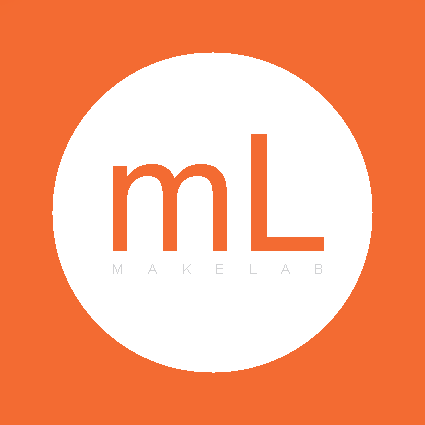Relocation + Nonprofit
Posted on December 2, 2020 by Christopher Westerlund
We are excited to announce our transition to a nonprofit with the board of directors consisting of makeLab alumni. We have also relocated to downtown Pontiac sharing a building with TDG Architects. The lab was founded in the belief that design cannot be separated from making. The makeLab will maintain this practice through research, and industry-sponsored projects. We will continue to provide a place for students to conduct research as well as offer digital fabrication and design services.
Contact us: info@make-lab.org
Stereotomy
Posted on September 27, 2017 by Janelle Schmidt
This thread is an account of the makeLab’s research on the topic of stereotomy. The project began in August 2016, and since then we have constructed 4 manual trait drawings, 2 fabricated vault forms and maybe 70 Grasshopper script iterations that use a combination of Kangaroo Physics, Kangaroo 2, Paneling Tools and Weaverbird. During a portion of the project, (January – July 2017) Jim was on sabbatical at Polis University in Tirana, Albania on a Fulbright Scholarship where he worked on a branch of this project with students there. Though distance was a factor, articulating the goals of this research became crucial to progress primarily because scope altered as understanding grew. For this reason, the below posts range in scale from meeting notes to weekly updates to summaries of months of work at a time.
Explanation of work from 08.2016_09.2016
This is the first blog post in a series of many updates of our research on the topic of stereotomy. The first few posts will just be recapping what we have accomplished so far. “Stereotomy, which means the cutting of solids, was a seventeenth-century French rubric under which were gathered several existing techniques including stonecutting…” (Evans p179). The basis of stonecutting was the trait. Traits were orthographic layout drawings produced to ensure the precise cutting of the stone blocks that comprised a gothic vault. Traits are created through two inputs – a site and a plan- to produce one output: coordinates of each corner of each block in the vault.
To discuss stereotomy, its important to note that the subject is inherently a revolving process. Its not a linear system (which has made it difficult to put into a GH script) but instead looping. As inputs create outputs and then those outputs inform new inputs, the process is a revolving feedback loop of information. In order for inputs to be manipulated, not only the steps have to be understood, but more so the motion between them. The definition is something that can be easily found, but understanding the system includes realizing the instincts that informed every decision when it was first being developed.
The first step in this particular system is the reoccurring iteration of perception. Before progress is made, a student’s interpretation of the process needs to be repeated. There is no opposition to the notion that in order to study a process, the concept and priority behind it must be understood. Instead, the discrepancy lies with the length of the required depth to understand. The first step takes time, because there is no way to understand a lack of understanding, until the process is complete.
This research is centered around the application of these trait drawings to modern algorithmic programming. Our first step was to learn the process through a trait for a trompe that was pretty well explained in Robin Evan’s chapter of the “Projective Cast” called “Drawn Stone”. The trompe was an important piece in the overall project because it shaped the way we thought about overall form and the way smaller elements aggregated to form a larger whole. The conceit of the trompe was to infill a space sectionally in such a way that allowed circulation below it and served dwelling within it. As Evans states, “justification for the employment of difficult traits was that they allowed architects to adapt to circumstances, making it possible to join new building to existing construction…” (Drawn Stone, 183). The trompe was studied through our modern system of analog methods: by putting multi-axis 2D drawings in parametric workspace (Rhino 3D). This allowed us to visualize the moves that the trait was designed to two-dimensionally represent: rotation, folding and projection.

Figure 1 (above) is an original trait drawing from the 16th century: 15-20 drawings are superimposed on top of each other in 2D. The second image is how we solved this trait, with help from Evan’s explanation.
 Figure 2 (above) shows how we solved this trait to find a specific face of the trompe, which is pictured below (Figure 3) with the found face outlined. Figure 1 and 2 are showing the same result with different processes. Figure 2 utilizes a parametric work space so that the steps in the process are more easily seen and understood . The hybrid process that Figure 2 shows was our first step in developing our own manual method to later put in a Grasshopper script. It was completed in September 2016.
Figure 2 (above) shows how we solved this trait to find a specific face of the trompe, which is pictured below (Figure 3) with the found face outlined. Figure 1 and 2 are showing the same result with different processes. Figure 2 utilizes a parametric work space so that the steps in the process are more easily seen and understood . The hybrid process that Figure 2 shows was our first step in developing our own manual method to later put in a Grasshopper script. It was completed in September 2016.

Figure 3 The trompe: the subject of both traits.
